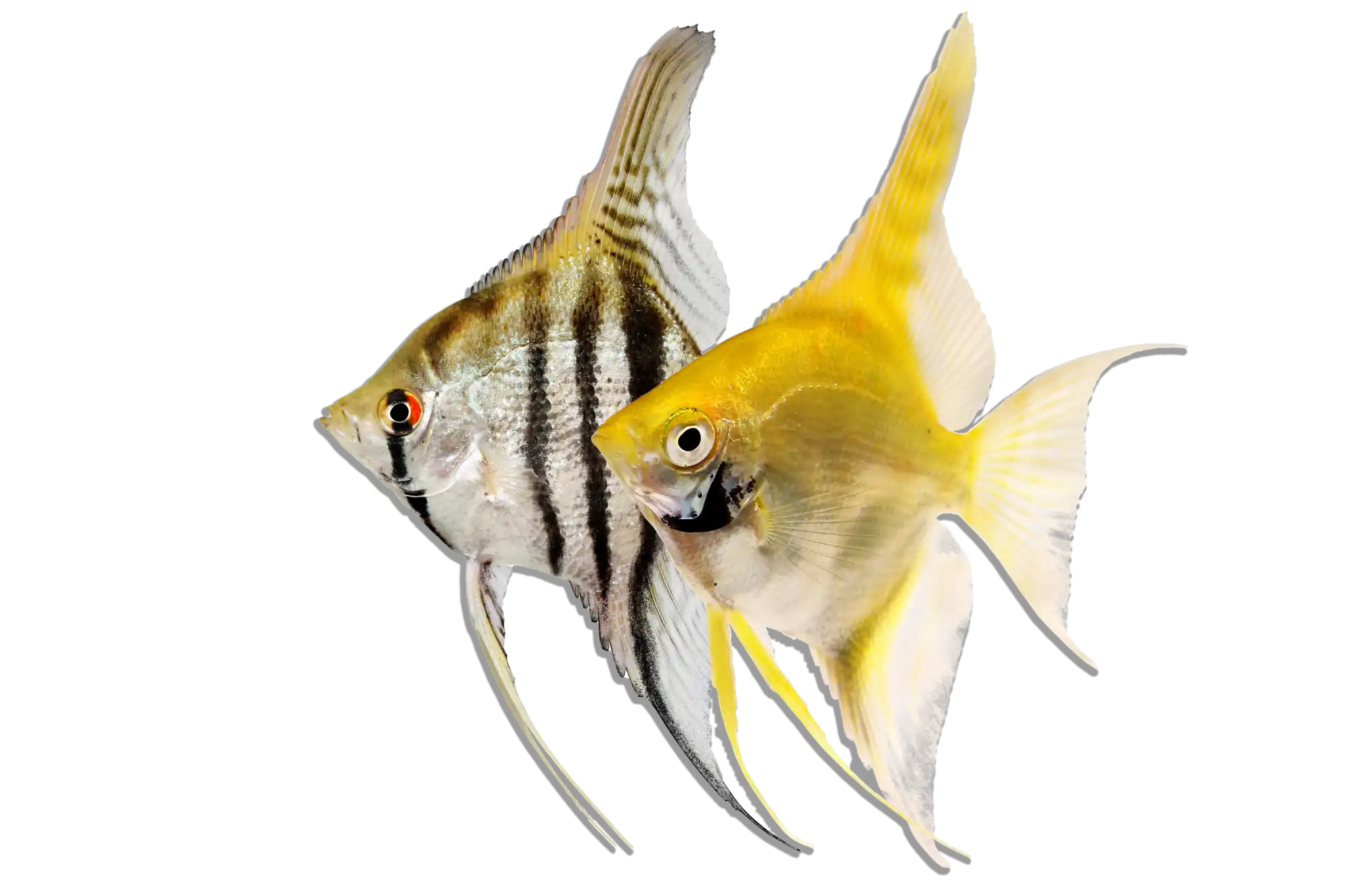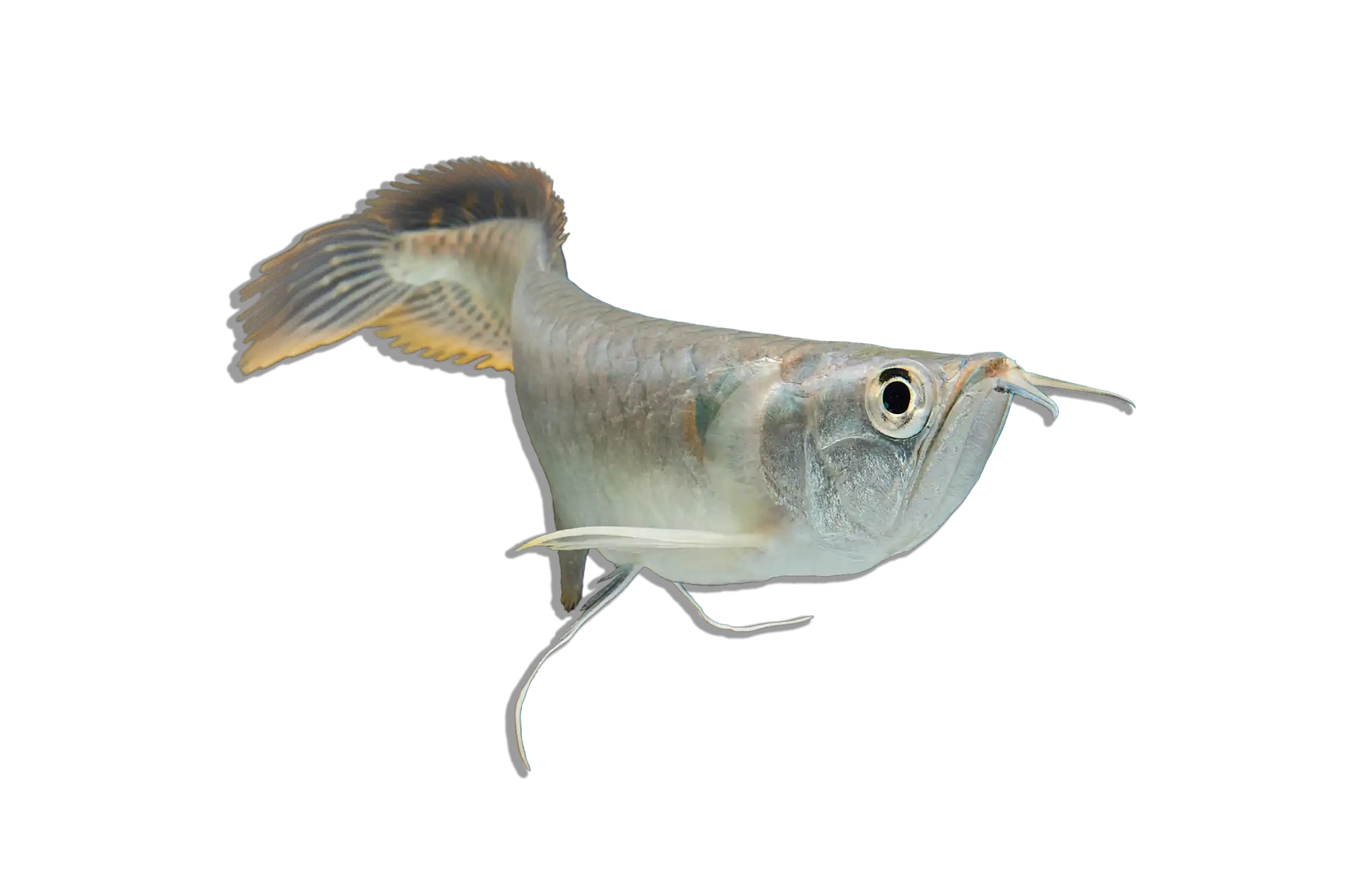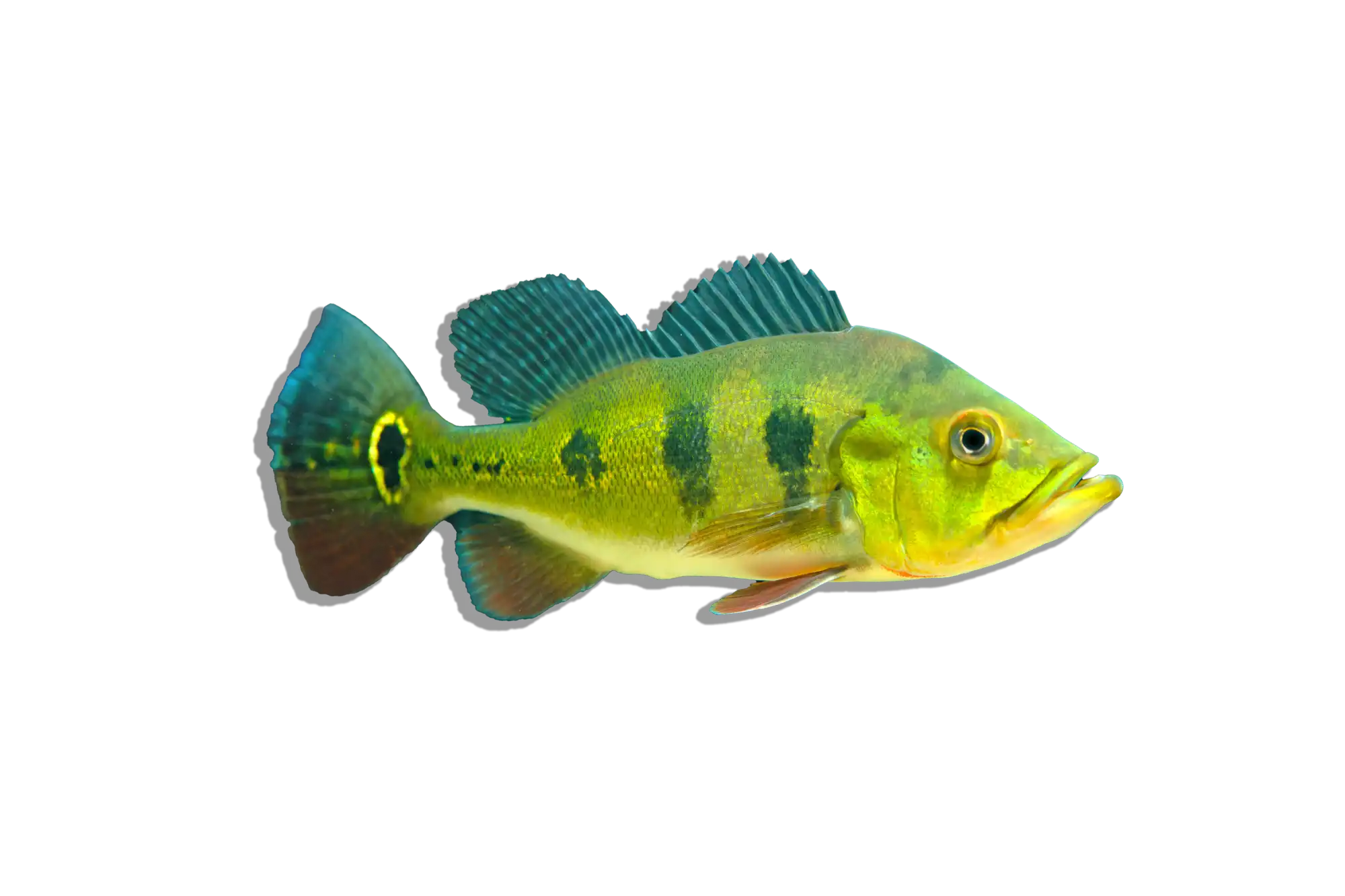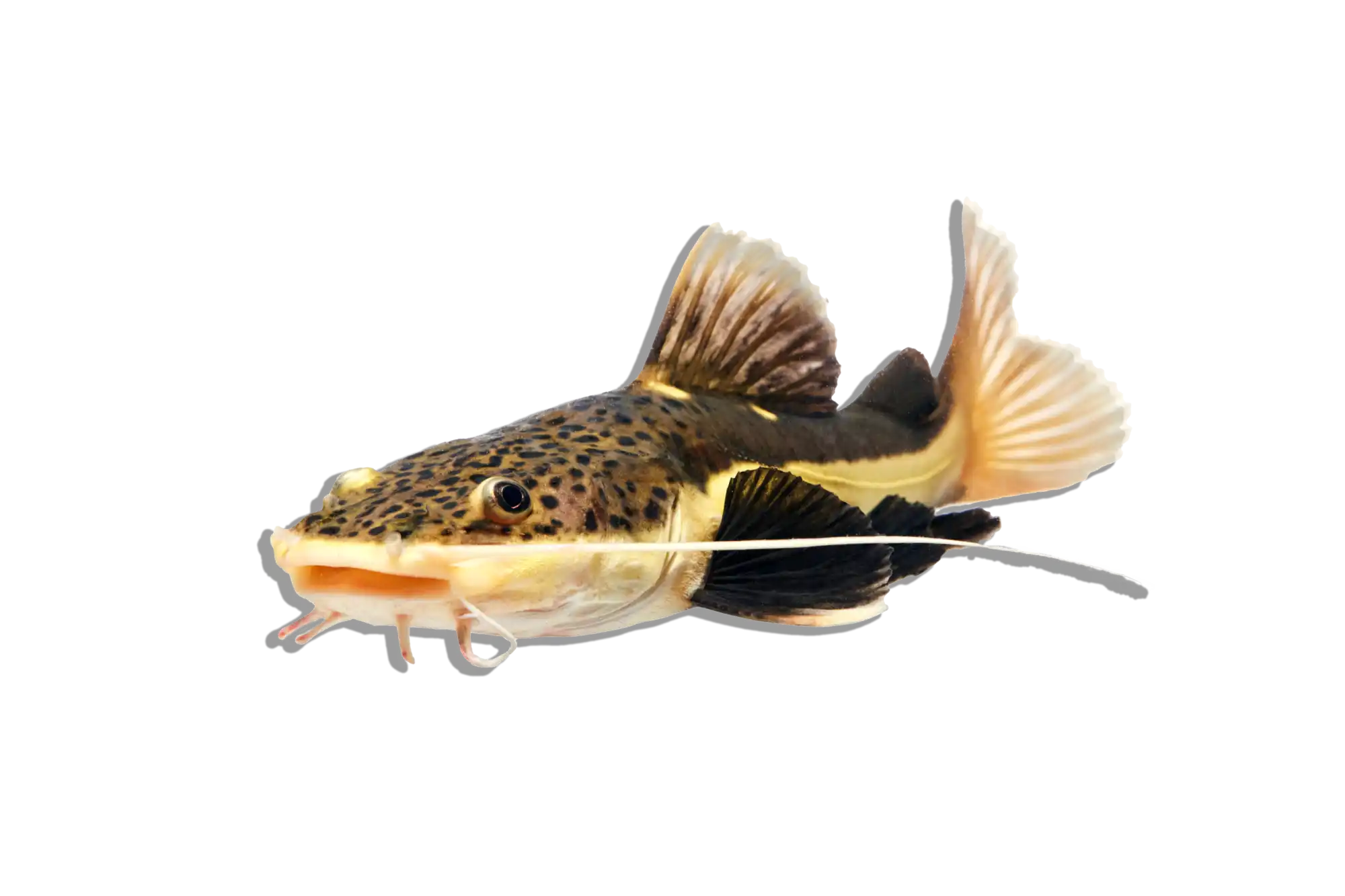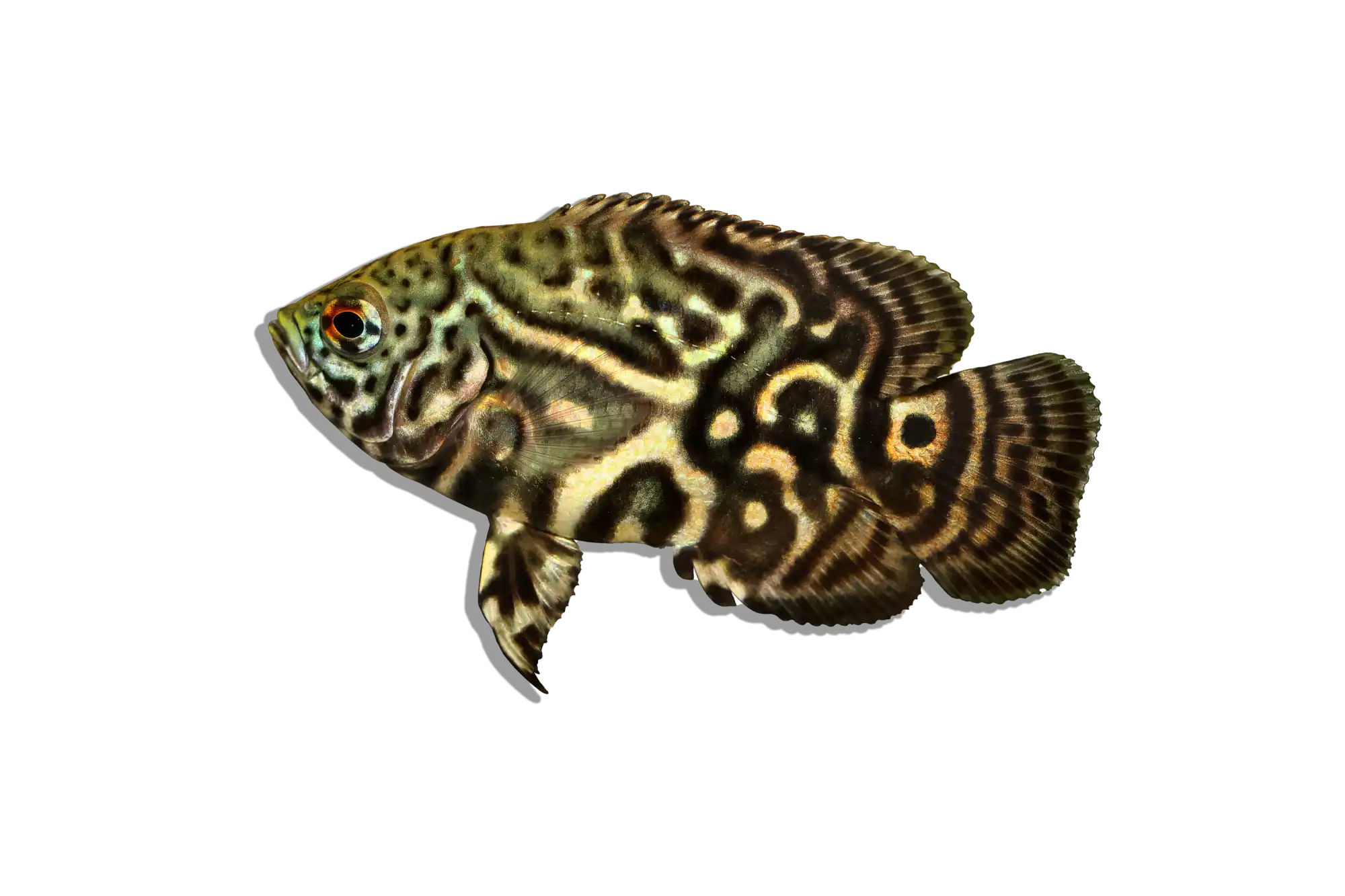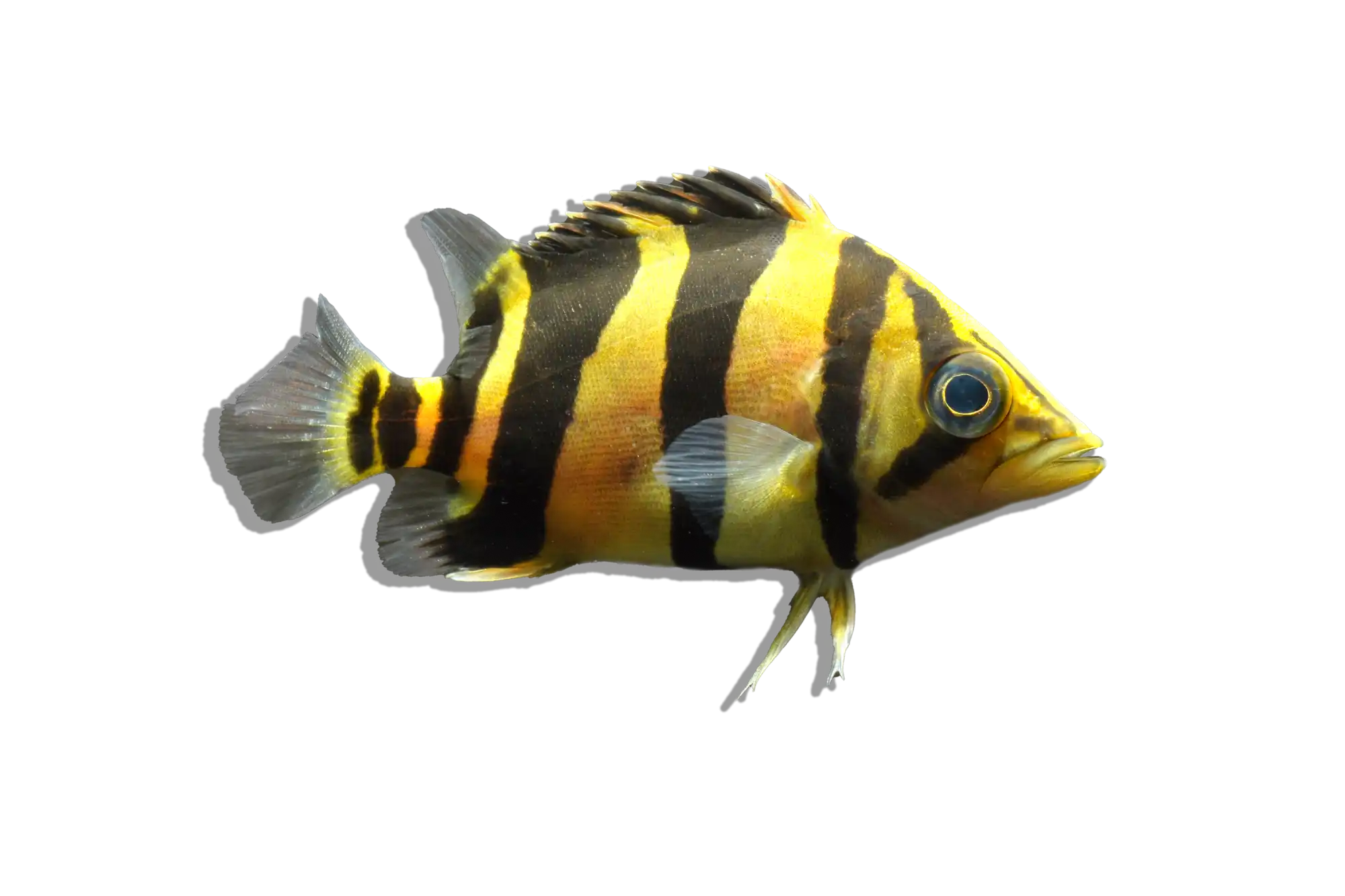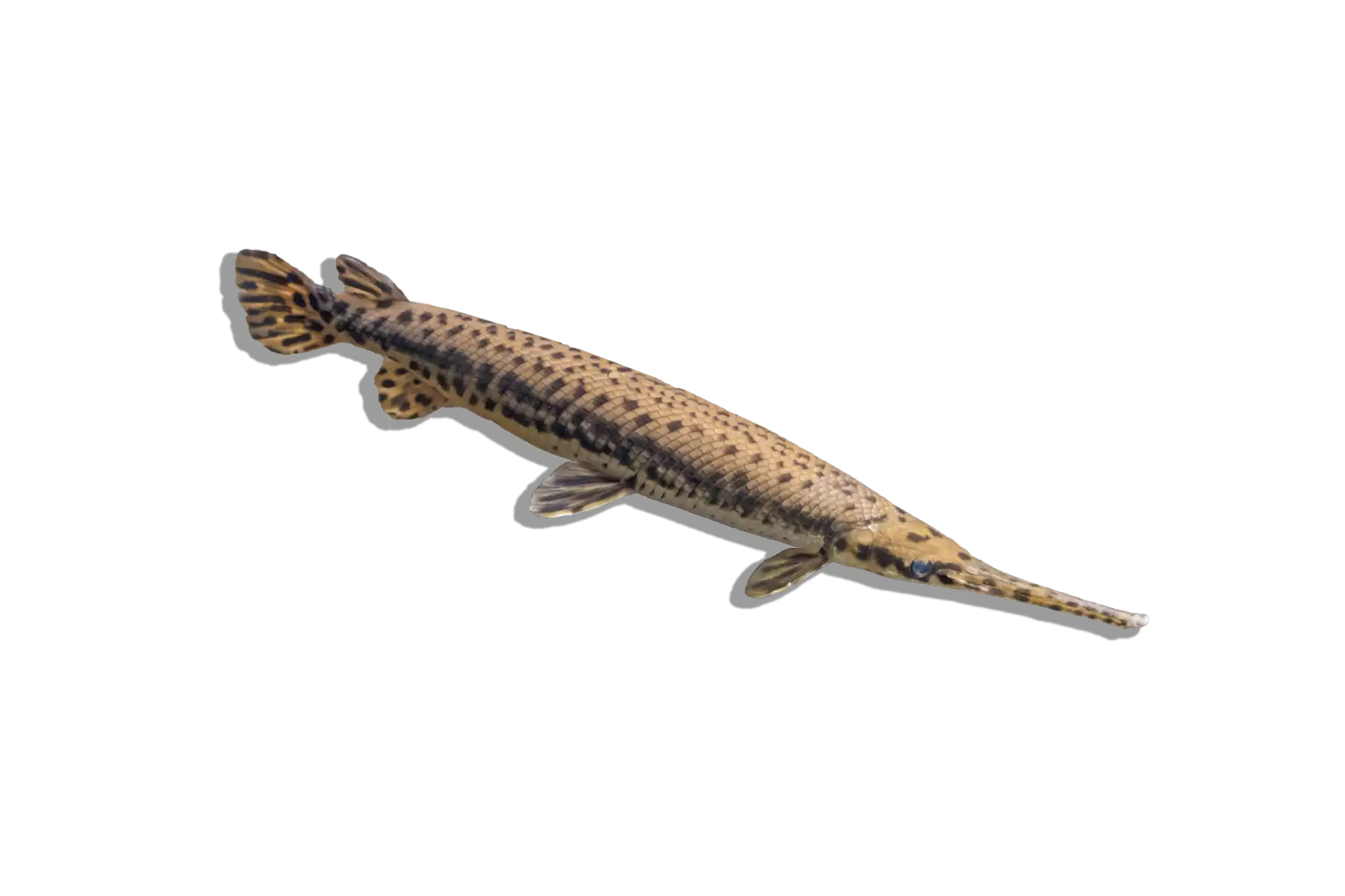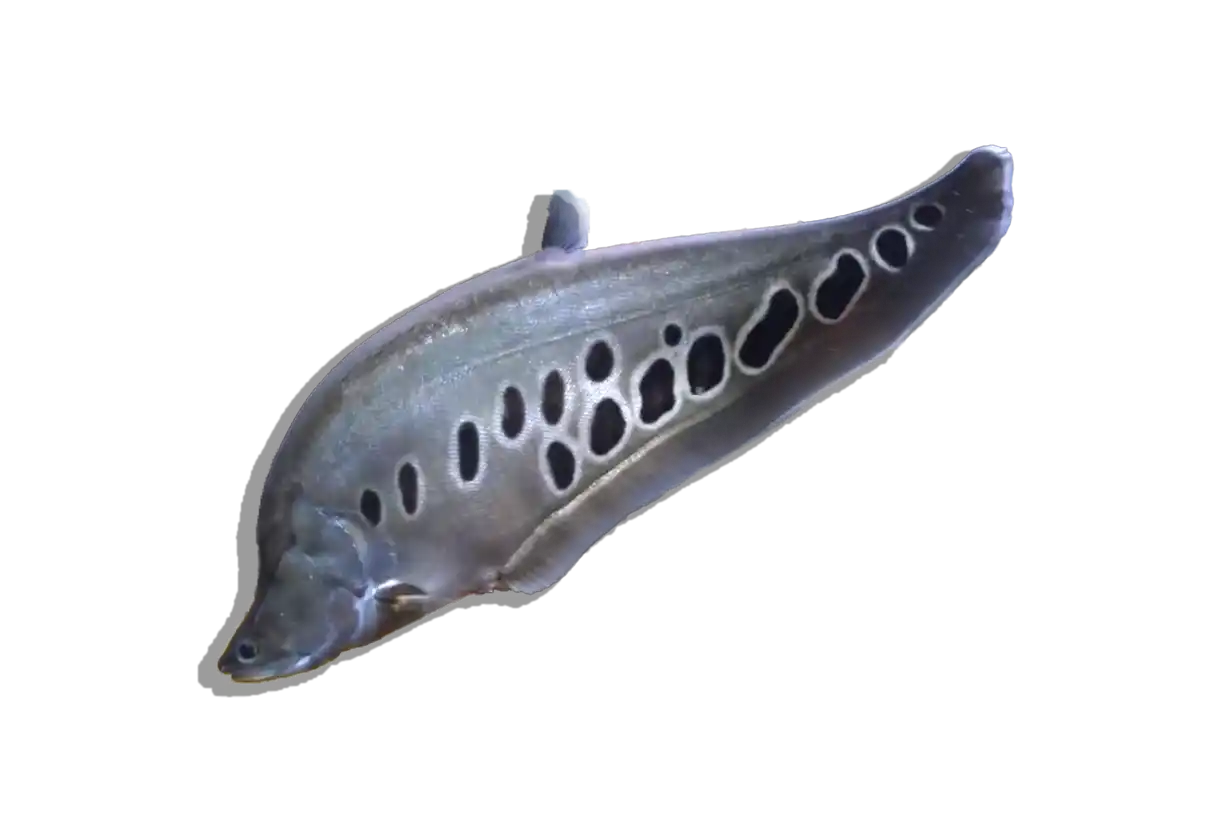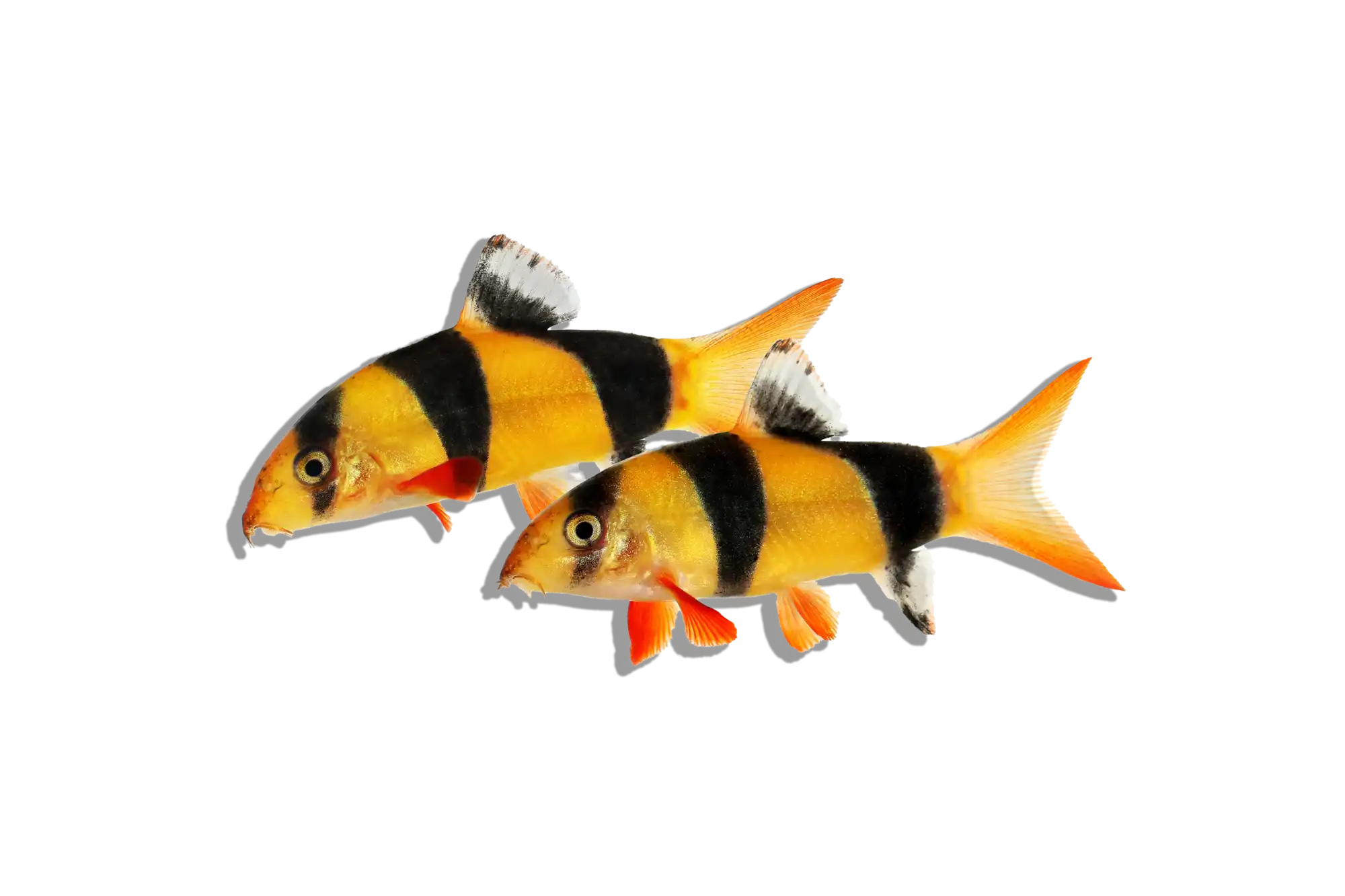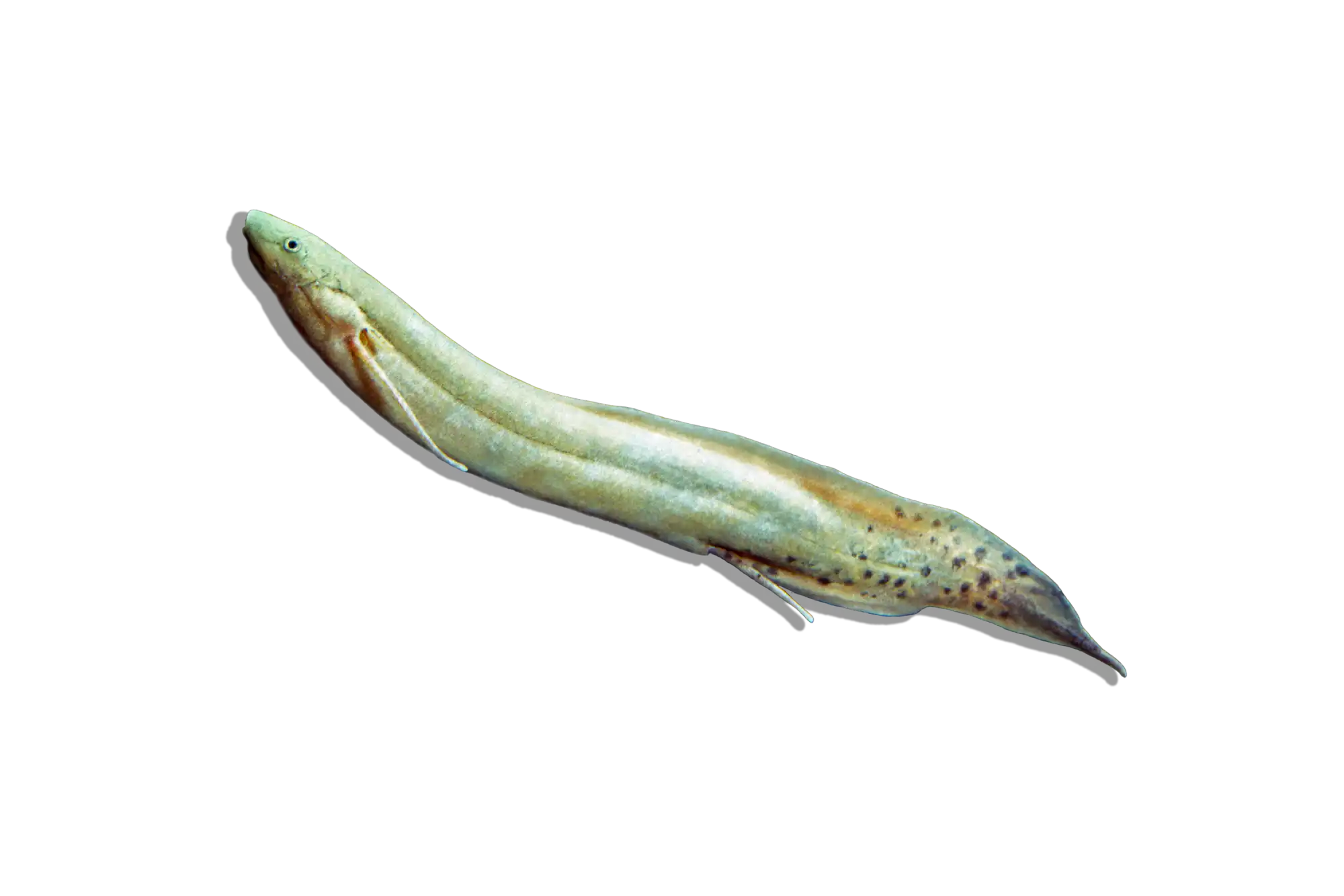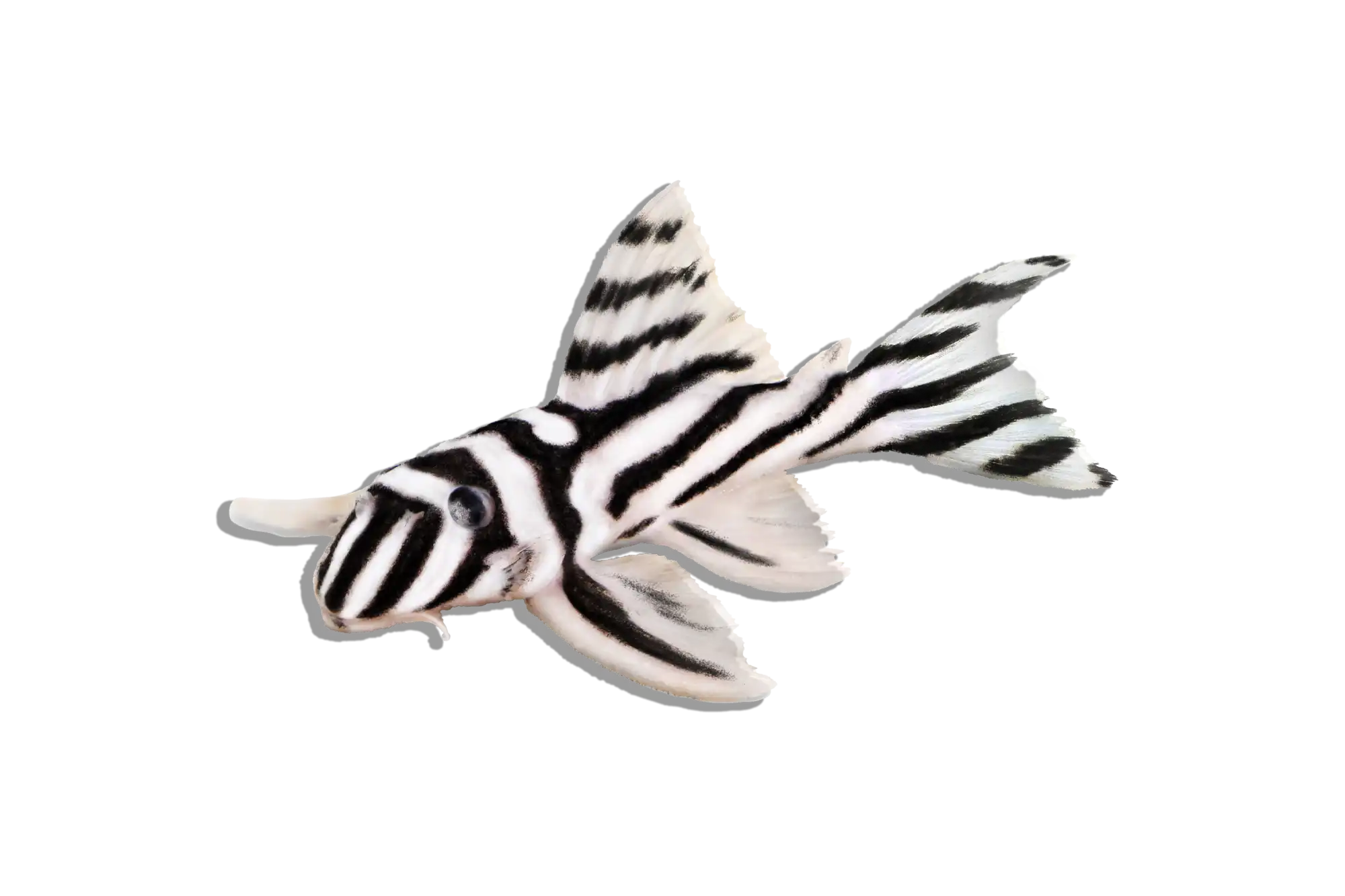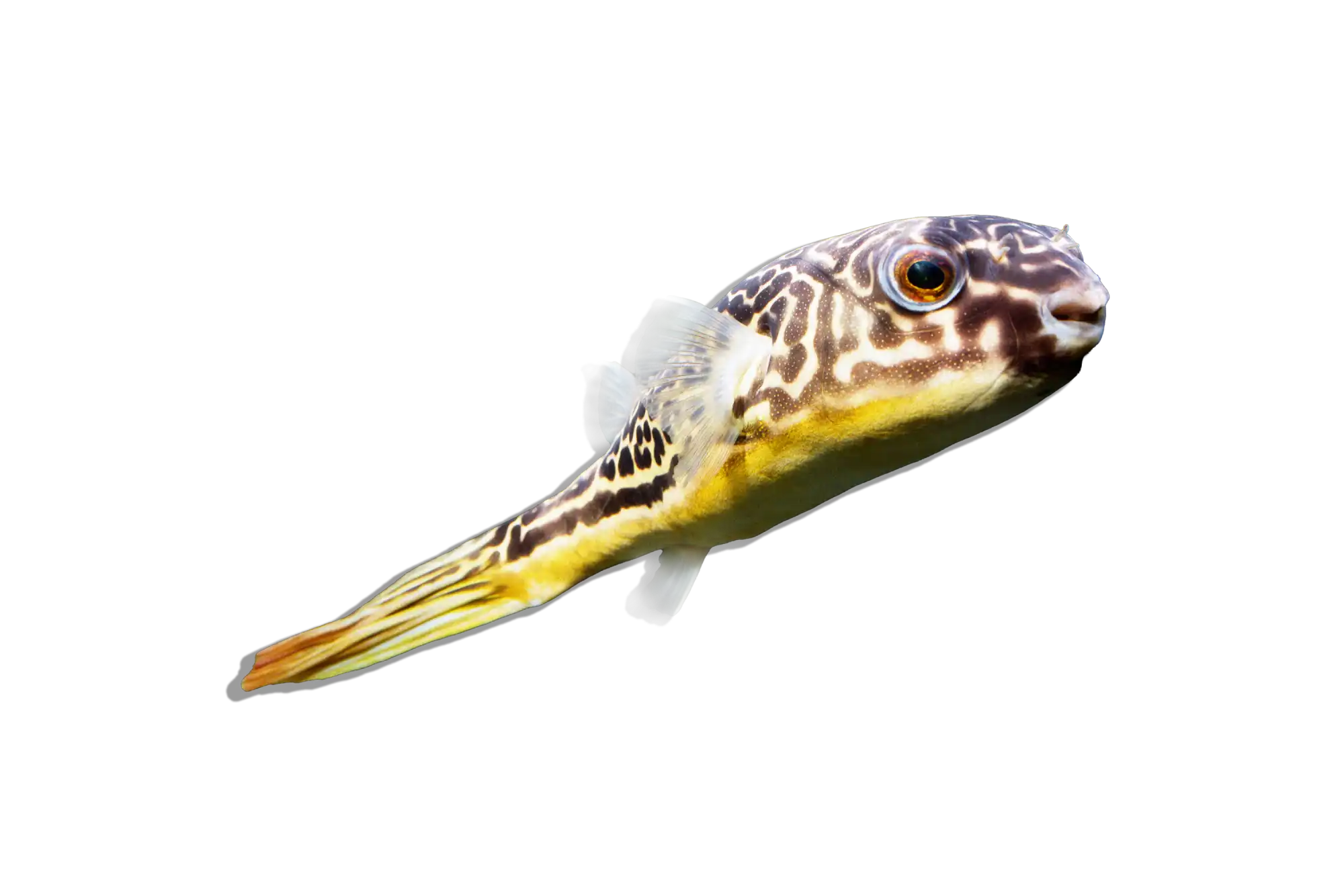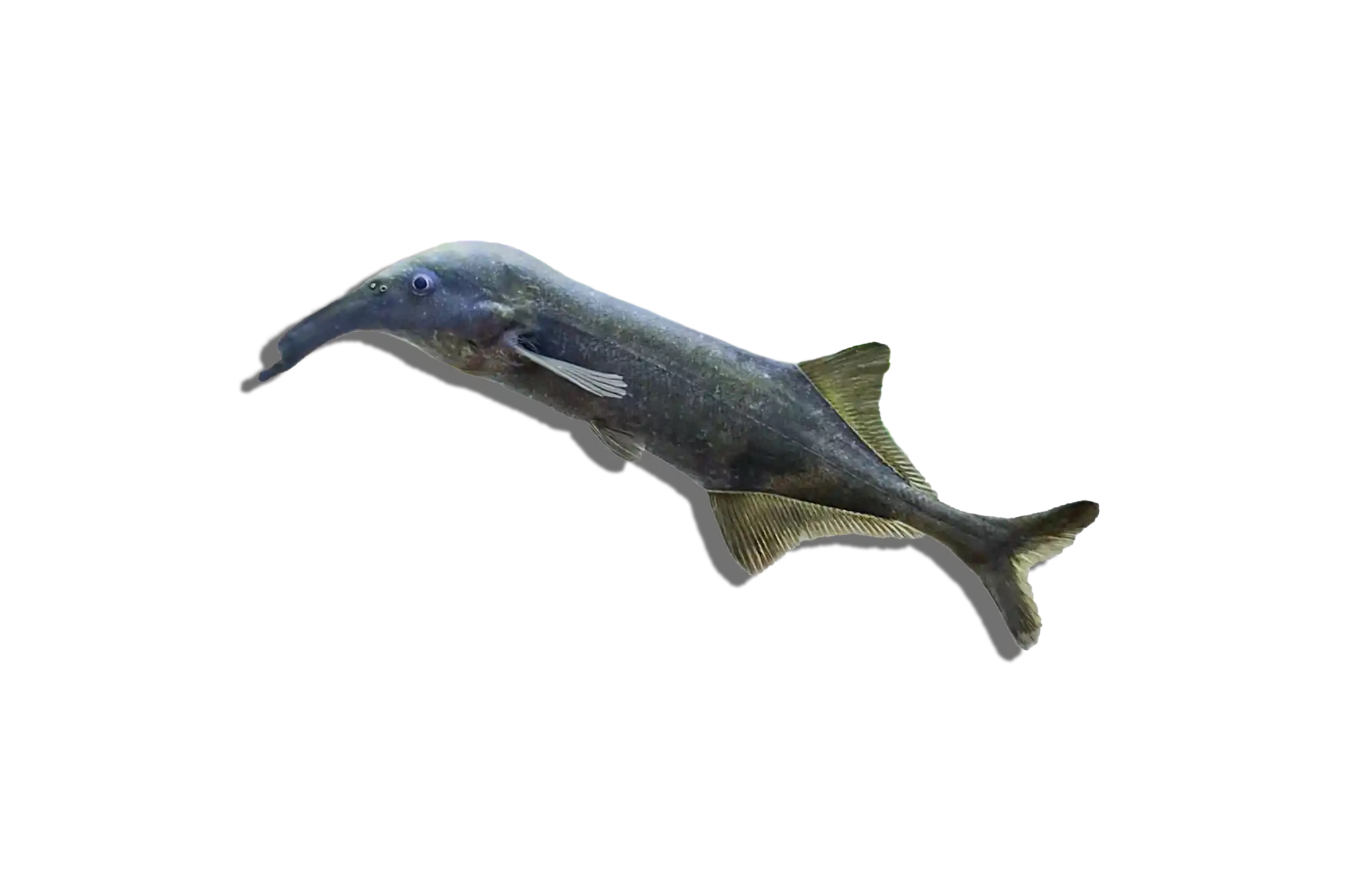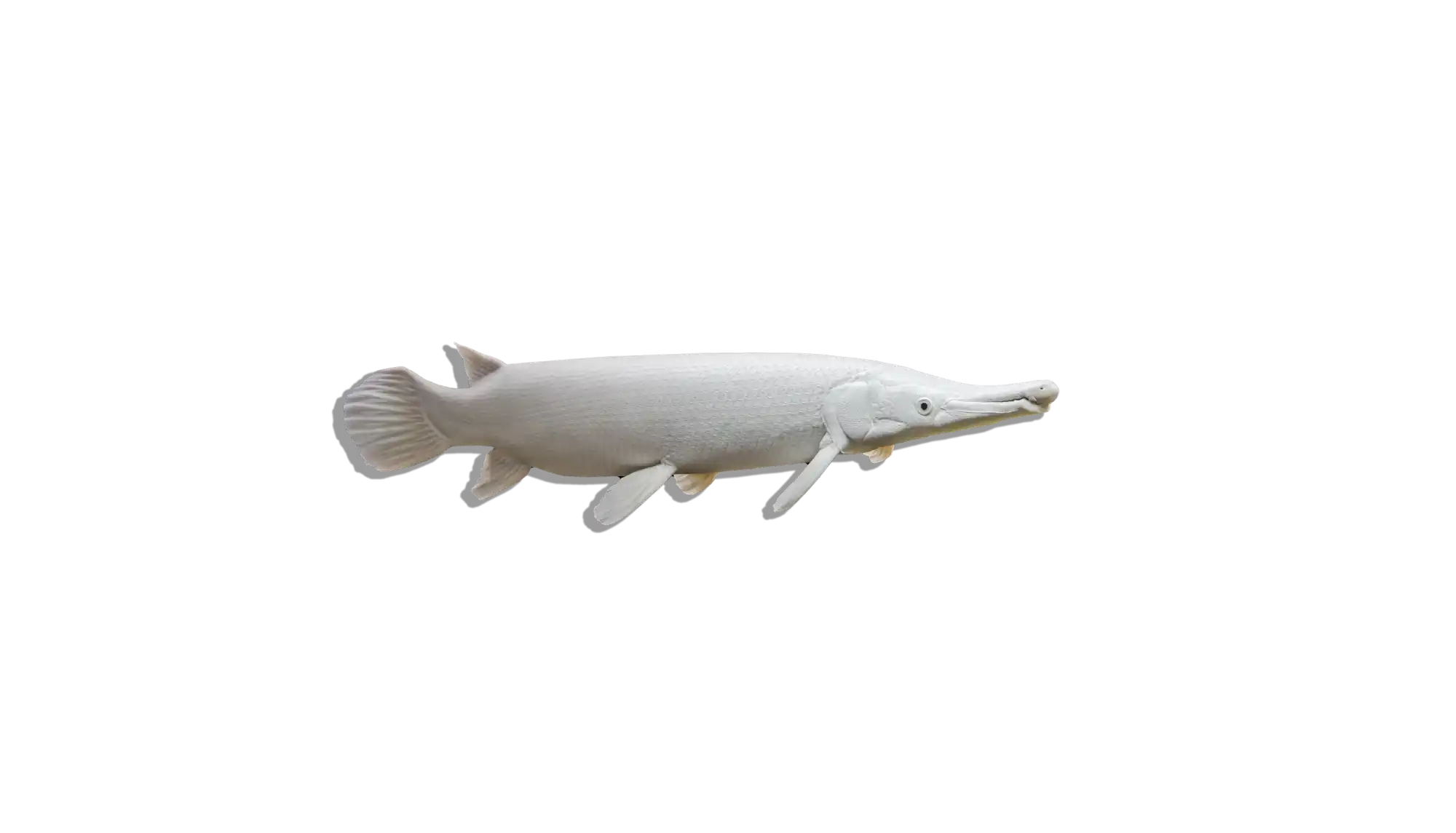Description
Common Name: Lince Catfish
Scientific Name: Platynematichthys notatus
Other Names: Giant Lince Catfish, Notatus Catfish
The Lince Catfish is a rare and powerful predatory catfish species known for its elongated body, striking dark and light markings, and large size. It belongs to the Pimelodidae family, which includes some of the largest and most impressive South American catfish. This species is a fast-moving, highly active fish that thrives in large, well-maintained aquariums with plenty of swimming space. Due to its predatory nature, it is best suited for experienced aquarists who can provide the proper conditions and tank mates.
Habitat and Distribution:
Native to the Amazon Basin, Platynematichthys notatus is found in large, fast-moving rivers in Brazil, Peru, and surrounding regions. It prefers deep waters with strong currents, where it hunts for smaller fish and aquatic invertebrates. The water in its natural habitat is typically warm, well-oxygenated, and rich in tannins due to decomposing organic matter.
Size and Lifespan:
This species can grow to about 30-40 inches (76-100 cm) in captivity, with wild specimens sometimes exceeding these sizes. With proper care, it can live for 15-20 years.
Diet and Behavior:
The Lince Catfish is a strict carnivore with a strong predatory instinct. In the wild, it hunts smaller fish, crustaceans, and other meaty prey. In captivity, it requires a diet of high-quality sinking carnivore pellets, frozen or live foods such as tilapia fillets, market shrimp, earthworms, and chopped squid. It is an extremely active and fast-moving species that requires an open swimming area. It can be aggressive toward smaller fish and should only be housed with large, robust tank mates.
Breeding and Reproduction:
Breeding Platynematichthys notatus in captivity is virtually impossible due to its large size and the specialized conditions required for spawning. There are no known records of successful captive breeding, and most individuals in the aquarium trade are wild-caught.
Aquarium Care and Tank Requirements:
A minimum of 300 gallons is required for a juvenile, with a significantly larger tank (500+ gallons) recommended for long-term care. Their ideal tank setup includes a fine sand or smooth gravel substrate, strong filtration with high oxygenation, a powerful water current to replicate their river habitat, large open swimming areas with minimal decorations, and a tightly secured lid as they are known to be strong jumpers.
Ideal Tank Mates:
The Lince Catfish should only be housed with large, robust fish that are not small enough to be eaten. Suitable tank mates include Pacu, Arowanas, Peacock Bass, Large Cichlids, Tiger Shovelnose Catfish, and other similarly sized predatory fish. Avoid keeping them with slow-moving or delicate species, as they may be outcompeted for food or harassed.
Difficulty Level:
Advanced. They require an extremely large aquarium, high water quality, and a high-protein diet to thrive.
Water Parameters:
- Temperature: 76-82°F (24-28°C)
- pH: 6.0-7.5
- General Hardness (GH): 5-15 dGH
- Carbonate Hardness (KH): 3-10 dKH
- Ammonia: 0 ppm
- Nitrite: 0 ppm
- Nitrate: <20 ppm (regular water changes required)
Additional Information:
- Strong filtration and additional aeration are essential due to their high oxygen requirements.
- They require a large open swimming space and do not do well in overly decorated tanks.
- Their aggressive feeding behavior makes them a challenging but rewarding species for experienced keepers.
The Lince Catfish is an impressive, fast-moving predator that requires an enormous tank and expert care. For those with the space and experience, it is one of the most active and striking large catfish species available in the aquarium trade.

